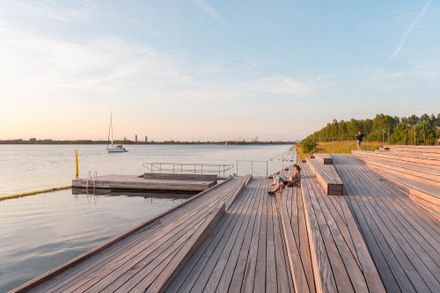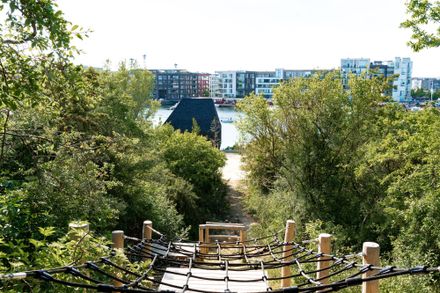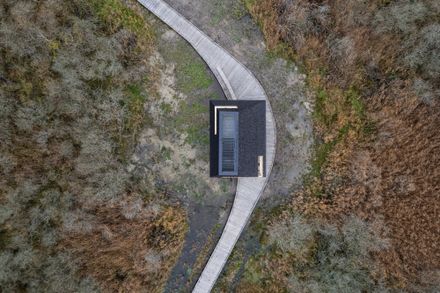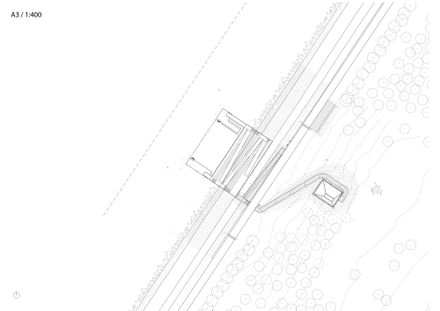
Nature Park Amager
COLLABORATORS
SYSTRA Denmark, BARK Radgivning, JAC studios
LEAD CONSULTANT
LYTT Architecture
CLIENTS
Municipalities of Copenhagen, Taarnby and Dragoer, The Danish Nature Agency, By & Havn
PROJECT TEAM
ADEPT, LYTT Architecture
PHOTOGRAPHS
orten Aagaard Krogh, LYTT Architecture
AREA
2024
YEAR
35000000 m²
LOCATION
København, Denmark
CATEGORY
Installations & Structures, Landscape Architecture, Park
Text description provided by architect.
Just a short ride from Copenhagen City Hall Square, Amager Nature Park, a 35 km2 landscape park offers protected nature, open spaces, and an unhindered stretch of coastline.
Completed over the past year, LYTT Architecture and ADEPT have rethought the park’s identity, including the completion of a series of visitor points that stage the overall experience of landscape, water, and biodiversity.
Concentrated in a series of easily accessible visitor points, a new design strategy makes Amager Nature Park - from the plains in the north to the south coast of Amager – more appealing to its users.
With nature as its central focal point, the unique landscape habitat is reactivated through a homogeneous architectural vocabulary emphasizing the park's qualities, outdoor life, and social activities.
The design enhances the park’s DNA with a clear landscape narrative and an easily recognizable yet subtle architectural language.
The project elements draw upon existing landscape qualities by adding a layer of experience in a new framework for more diverse and inviting nature activities.
One of the main design goals is to ensure that experience and protection supplement each other so that the untouched nature remains intact when existing and new users engage themselves in the visitor experience.
The completed visitor points are strategically located throughout the park to highlight the park's unique character, and to underline certain elements, views, or programs of the individual location by facilitating the meeting between man and nature, built and grown, building and landscape.
The visitor points consist of both built volume and landscape elements. Each destination is tailored to its specific location, and each design emphasizes natural focal points and functions in the park with minimal interference from the protected landscape.
All destinations are placed in a transition zone from city to nature or from land to water to frame the contrast between the landscape and the surrounding city.
Each visitor point creates unique opportunities for recreation, nature experiences, play, and learning by breaking down the large scale of the landscape into human-scale activities and narratives.
The individual building designs are founded in the same architectural vocabulary with visible wooden structures, distinctive roof shapes, and dark-burnt shingles that mark a place in the landscape without disturbing the experience of it.
The buildings and visitor points are complemented by a system of 'tracks' or boardwalks that highlight routes in the landscape with a focus on accessibility and wayfinding in the park.































































